
In the complex world of Gold mining, the extraction of this precious metal from its ore is a process filled with scientific precision and technological innovation. One chemical that stands out in this process is Sodium cyanide, a compound that has been integral to the gold mining industry for over a century. This article delves into the role of Sodium Cyanide in gold mining, specifically in the leaching process, exploring its chemical reactions, applications, and the measures taken to ensure its safe and sustainable use.
The Chemical Reactivity of Sodium Cyanide with Gold
Sodium cyanide (NaCN) is a white, crystalline solid that is highly soluble in water. In the context of gold mining, its most important property is its ability to react with gold in the presence of oxygen to form a soluble gold complex. This reaction is the basis of the Cyanidation process, which has been the dominant method for gold extraction since the 1890s.
The chemical equation for the reaction between gold, sodium cyanide, oxygen, and water is as follows:
4 Au + 8 NaCN + O₂ + 2 H₂O → 4 Na[Au(CN)₂] + 4 NaOH
In this reaction, gold is oxidized and forms a complex with the cyanide ions. The oxygen acts as an oxidizing agent, facilitating the dissolution of gold. The resulting complex, sodium aurocyanide (Na[Au(CN)₂]), is soluble in water, allowing the gold to be separated from the ore matrix.
The high solubility of sodium cyanide in water is crucial for its effectiveness in the leaching process. It enables the rapid diffusion of cyanide ions through the ore, increasing the contact between the reagent and the gold particles. This, in turn, enhances the rate of the reaction and improves the overall efficiency of gold extraction.
Applications in Different Gold Leaching Processes
Heap Leaching
Heap leaching is a widely used method for processing low-grade gold ores. In this process, the ore is crushed and stacked in large heaps on an impermeable liner. A dilute solution of sodium cyanide, typically in the range of 0.01% to 0.05%, is then sprayed over the heap. The cyanide solution percolates through the ore, reacting with the gold and dissolving it. The pregnant solution, containing the dissolved gold, is collected at the bottom of the heap and further processed to recover the gold.
Heap leaching is a cost-effective method for treating large volumes of low-grade ore. The use of sodium cyanide in this process allows for the extraction of gold from ores that would otherwise be uneconomical to process. However, it also requires careful management to prevent environmental contamination, as the cyanide solution can potentially leach into the surrounding soil and water if not properly contained.
Carbon-in-Leach (CIL) and Carbon-in-Pulp (CIP) Processes
The CIL and CIP processes are commonly used for processing higher-grade gold ores or gold concentrates. In these processes, the ore is first ground and then mixed with a sodium cyanide solution in a series of agitated tanks. The gold dissolves in the cyanide solution, forming the soluble gold complex.
In the CIL process, activated carbon is added directly to the leach tanks. The carbon adsorbs the gold complex, effectively separating the gold from the solution. The loaded carbon is then removed from the tanks and further processed to recover the gold. In the CIP process, the leached slurry is first separated from the solution, and then the solution is passed through a series of carbon columns, where the gold is adsorbed onto the carbon.
Both the CIL and CIP processes offer high gold recovery rates and are relatively efficient in terms of reagent consumption. The use of sodium cyanide in these processes allows for the selective dissolution of gold, minimizing the extraction of other metals present in the ore.
Factors Affecting the Efficiency of Sodium Cyanide in Leaching
The efficiency of sodium cyanide in the Gold leaching process is influenced by several factors:
Ore Characteristics: The type and composition of the ore play a significant role in the leaching process. Ores with a high gold content and a favorable mineralogy, such as those with a low sulfide content, tend to yield higher gold recovery rates. Additionally, the particle size of the ore affects the surface area available for reaction. Finely ground ores generally result in more efficient leaching.
Cyanide Concentration: The concentration of sodium cyanide in the leaching solution is a critical parameter. A higher cyanide concentration can increase the rate of gold dissolution, but it also increases the cost of the reagent and the potential environmental risk. Optimizing the cyanide concentration is essential to balance the efficiency of gold extraction and the economic and environmental considerations.
Oxygen Availability: As oxygen is required for the oxidation of gold, its availability in the leaching system is crucial. Adequate aeration or the addition of oxidizing agents can enhance the leaching process. In some cases, alternative oxidants such as hydrogen peroxide or ozone may be used to improve the efficiency of the reaction.
pH of the Solution: The pH of the leaching solution affects the stability of the cyanide ions and the solubility of the gold complex. A slightly alkaline pH, typically in the range of 10 to 11. is optimal for the cyanidation process. Adjusting the pH can help prevent the hydrolysis of cyanide and ensure the efficient dissolution of gold.
Environmental and Safety Considerations
Sodium cyanide is a highly toxic substance, and its use in gold mining requires strict environmental and safety measures to be in place:
Environmental Impact
The main environmental concern associated with the use of sodium cyanide in gold mining is the potential for cyanide release into the environment. Cyanide can be toxic to aquatic life, plants, and animals if it enters water bodies or soil. To mitigate this risk, mining operations employ a range of environmental management practices, including the use of lined tailings dams to contain cyanide-bearing solutions, the treatment of effluent to reduce cyanide levels, and the implementation of monitoring programs to detect any potential leaks or spills.
Safety Measures for Workers
Workers involved in the gold mining process, particularly those handling sodium cyanide, are at risk of exposure to this toxic chemical. To ensure their safety, mining companies implement strict safety protocols. These include providing workers with personal protective equipment, such as gloves, goggles, and respirators, and training them on the proper handling and storage of sodium cyanide. Additionally, safety systems are in place to prevent accidental spills and to respond quickly in the event of an emergency.
Regulatory Framework
The use of sodium cyanide in gold mining is subject to strict regulatory control in most countries. Regulations govern the production, transportation, storage, and use of sodium cyanide, as well as the management of cyanide-containing waste. Mining companies are required to comply with these regulations to ensure the safe and sustainable operation of their mines.
Alternatives to Sodium Cyanide
In recent years, there has been a growing interest in developing alternative methods for gold extraction that do not rely on the use of sodium cyanide. Some of the potential alternatives include:
Thiosulfate Leaching
Thiosulfate leaching is a process that uses thiosulfate ions, such as sodium thiosulfate, to dissolve gold. This method offers several advantages over cyanidation, including lower toxicity, faster leaching rates, and the ability to process ores that are difficult to treat with cyanide. However, thiosulfate leaching also has its challenges, such as the need for careful control of the leaching conditions and the higher cost of the reagent.
Bioleaching
Bioleaching is a biological process that uses microorganisms to extract gold from ore. This method is environmentally friendly and can be used to treat low-grade ores. However, bioleaching is a relatively slow process, and its application is currently limited to certain types of ores.
Other Emerging Technologies
There are also other emerging technologies, such as the use of ionic liquids and supercritical fluids, that show promise for gold extraction. These technologies are still in the experimental stage, but they have the potential to offer more efficient and environmentally friendly alternatives to traditional cyanidation methods.
Conclusion
Sodium cyanide has played a pivotal role in the gold mining industry for over a century, enabling the efficient extraction of gold from its ore. Its ability to form soluble complexes with gold in the presence of oxygen makes it a highly effective reagent in the leaching process. However, the use of sodium cyanide also comes with significant environmental and safety challenges, which have led to the development of strict regulatory frameworks and the search for alternative methods of gold extraction.
As the gold mining industry continues to evolve, it is likely that we will see a greater emphasis on the development and adoption of more sustainable and environmentally friendly technologies. However, for the foreseeable future, sodium cyanide is likely to remain an important part of the gold extraction process, albeit with increased scrutiny and the implementation of improved environmental and safety measures.
- Random Content
- Hot content
- Hot review content
- Flexible Customer and Supplier Relations Specialist (Location: Nigeria)
- Unlocking the Power of Mineral Processing Chemicals: Enhancing Efficiency and Sustainability
- Sodium Sulfide Industry Grade 60% 30ppm/150ppm Yellow/ Red Flakes Na2s
- Sodiumsulfite Technical Grade 96%-98%
- Barium carbonate 99% powder
- Dodecylbenzenesulfonic acid
- Gold Ore Dressing Agent Safe Gold Extracting Agent Replace Sodium Cyanide
- 1Discounted Sodium Cyanide (CAS: 143-33-9) for Mining - High Quality & Competitive Pricing
- 2China's New Regulations on Sodium Cyanide Exports and Guidance for International Buyers
- 3Sodium Cyanide 98% CAS 143-33-9 gold dressing agent Essential for Mining and Chemical Industries
- 4International Cyanide(Sodium cyanide) Management Code - Gold Mine Acceptance Standards
- 5China factory Sulfuric Acid 98%
- 6Anhydrous Oxalic acid 99.6% Industrial Grade
- 7Oxalic acid for mining 99.6%
- 1Sodium Cyanide 98% CAS 143-33-9 gold dressing agent Essential for Mining and Chemical Industries
- 2High Quality 99% Purity of Cyanuric chloride ISO 9001:2005 REACH Verified Producer
- 3Zinc chloride ZnCl2 for High Molecular Weight Polymers Initiator
- 4High Purity · Stable Performance · Higher Recovery — sodium cyanide for modern gold leaching
- 5High Quality Sodium Ferrocyanide / Sodium Hexacyanoferr
- 6Gold Ore Dressing Agent Safe Gold Extracting Agent Replace Sodium Cyanide
- 7Sodium Cyanide 98%+ CAS 143-33-9

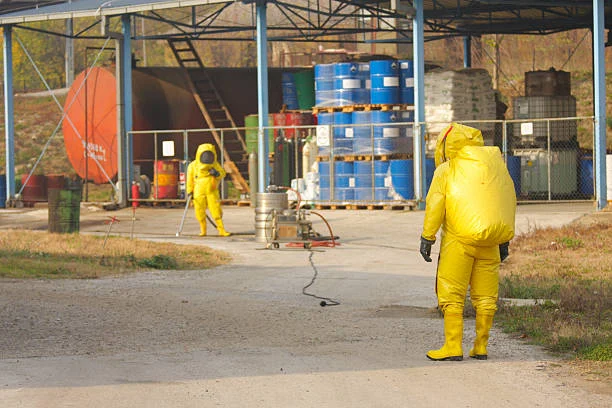
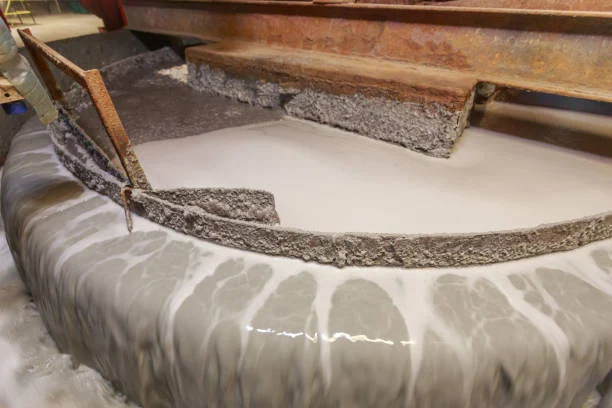
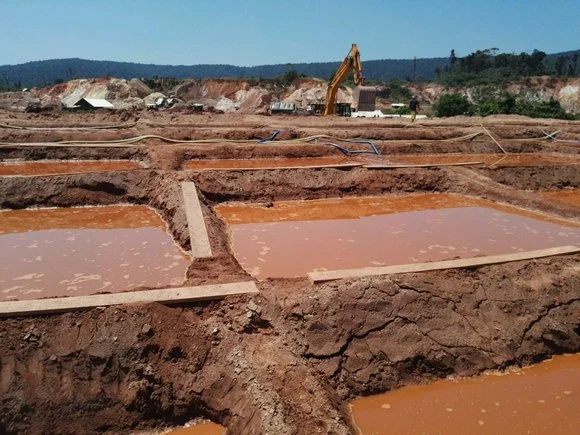
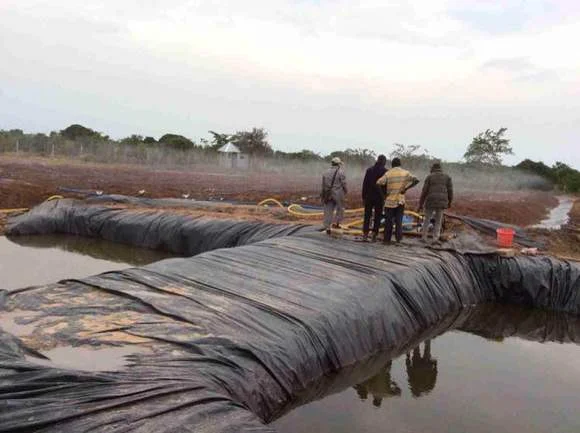

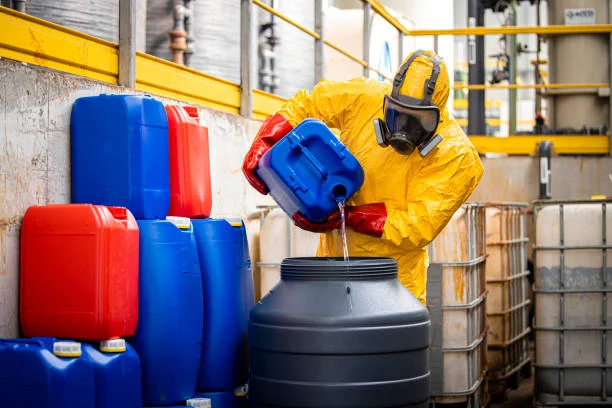
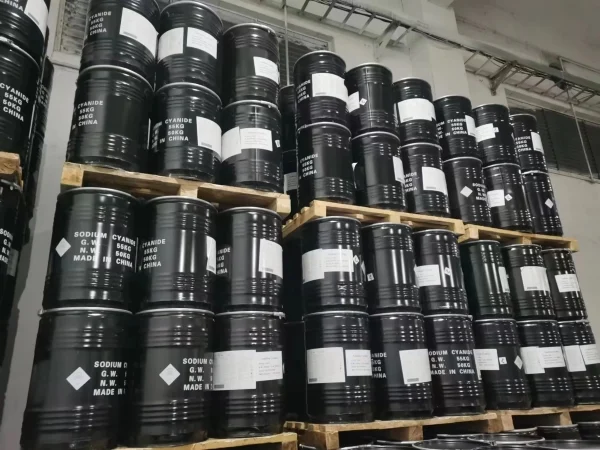



Online message consultation
Add comment: